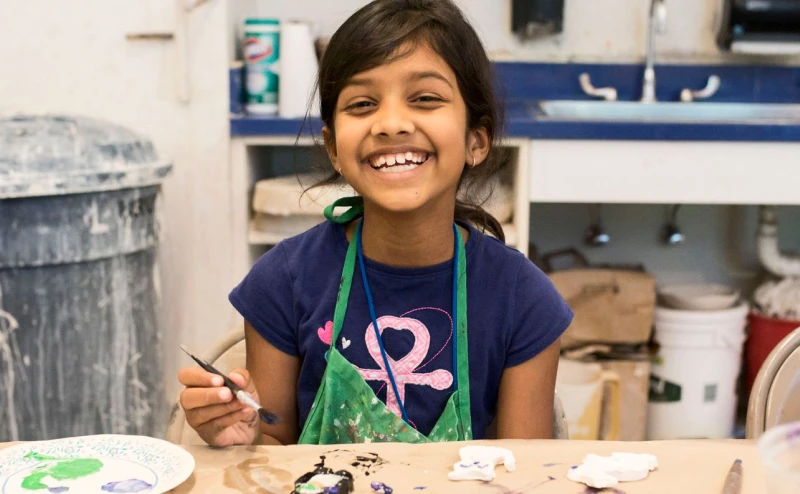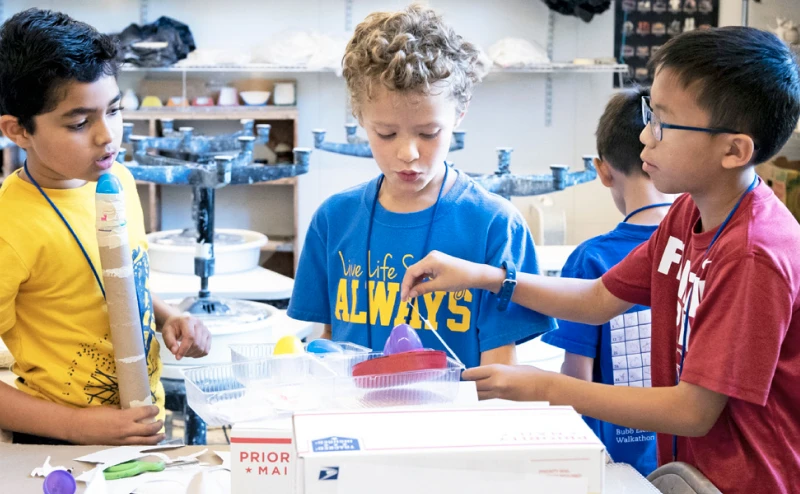CSMA’s distinguished faculty member Ihang Lin performed “Fauré, Debussy and Ravel: Music of the Great French Innovators,” alongside St. Lawrence String Quartet cellist Christopher Costanza and Bay Area violinist Debra Fong on Sunday, March 5 at 2:00 PM in Tateuchi Hall.
We spoke with Ihang Lin to learn more about her and how Gabriel Fauré, Claude Debussy and Maurice Ravel changed classical French music.
Ihang Lin, pianist
How did you begin playing and performing music?
I started my first piano lesson when I was five years old in Taiwan and as a 3rd grader, I started to play the flute as my second instrument. Throughout my teenage years, I continued to play both instruments in solo, chamber music and concerto competitions as well as joining youth orchestras as a flute player. I also accompanied several youth choruses when I was in middle and high school.
From 1994 to 1999, my family lived intermittently in Taiwan and New Zealand. It was during this period I picked up English as my second language and juggled between both educational systems that are very different from each other. By the time I turned 18, I decided to major in piano and minor in voice at Taipei National University of the Arts. After graduation, I came to the United States for my graduate studies at New England Conservatory for a master’s degree and eventually received my Doctor of Musical Arts degree from Boston University in 2014. Since then I have settled down in the US, became a US citizen and work for conservatories, universities and opera companies in the Boston and Bay Area.
Tell us more about Fauré, Debussy and Ravel.
Let’s start by talking about Gabriel Fauré (1845-1924), the oldest composer among all three presented in the concert program. Fauré worked as an organist at Église de la Madeleine before he became the director of the Paris Conservatoire from 1905-1920. A musical innovator in France who bridged the end of Romanticism and the beginning of Modernism, Fauré hired forward-thinking composers like Debussy and Paul Dukas to the governing council and appointed independent, outside examiners for competitions and admissions at the Paris Conservatoire. Among Fauré’s students were Lili Boulanger, Nadia Boulanger and Maurice Ravel.
The trio that we are going to perform in our concert was completed by Fauré in 1923, one year before his death. At the age of 78, Fauré had just retired from the prestigious post of director at the Paris Conservatoire. Notably, Fauré had pursued several extramarital affairs, including one with Emma Bardac in the 1890s, who later became Debussy’s 2nd wife. In addition, Fauré had suffered from hearing loss for decades at this point of his life. Under these conditions, Fauré instilled ambiguity and uncertainty to the 1st movement of the trio, while the 2nd movement is a slow and lyrical meditation reflecting upon the life forgone. The trio ends with a whimsical 3rd movement that never settles down in the 3/8 time signature that Fauré penned.
As for Claude Debussy (1862-1918), the violin sonata he composed was finished in 1917, also one year before his death. At the age of 55, Debussy had established himself as the avant-garde composer in Paris who rarely followed the academic rules in the conservatoire. Yet he garnered successful receptions of his orchestral work “Prelude to the Afternoon of a Faun” and the opera “Pelléas et Mélisande,” the premiere of which was attended by Ravel. Debussy also frequently employed the whole-tone scale, and he experimented with gamelan music in his piano solo works such as “Images I and II” before he started the sketches of six sonatas for various instruments in the 1910s. The Debussy work we are going to present in our concert is his second sonata, the one for violin and piano, consisting of three movements individually titled Allegro vivo (fast and lively), Intermède: Fantastique et léger (fantastic and light), and Finale: Très animé (very animated).
The youngest composer in the program is Maurice Ravel (1875-1937). He composed the sonata for violin and cello between 1920 and 1922 and dedicated it to Debussy, who had died in 1918. While a student in Fauré’s composition class at the Paris Conservertoire from 1889 to 1905, Ravel wrote “Pavane for a Dead Princess,” “Sonatina for Piano” and his only String Quartet. A French composer who was greatly influenced by Fauré and Debussy, Ravel developed superb compositional skills and innovation in orchestration. Such examples can be seen in his orchestration of Mussorgsky’s piano solo work, “Pictures at an Exhibition,” in 1922, the same year in which he completed the “Sonata for Violin and Cello.” Unlike Fauré and Debussy, Ravel never married throughout his life. During World War I, he joined the army and served as a truck driver; he was discharged in 1917 due to his fragile health condition.



